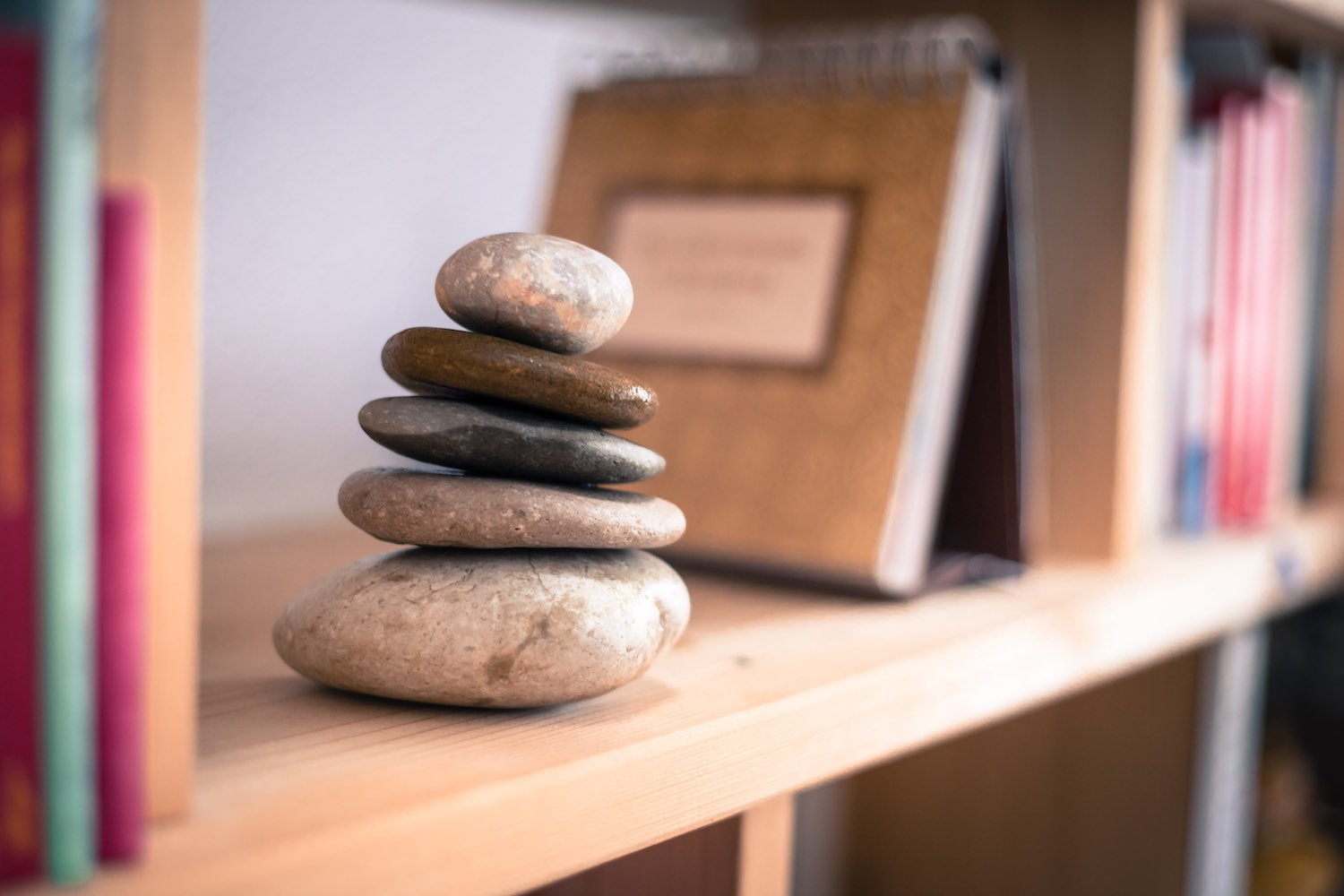According to the American Institute of Stress and American Psychological Association, over 77 percent of people regularly experience physical symptoms caused by stress, and 73 percent experience psychological symptoms. For most, sources of stress included the future of our nation, money, work, politics, and violent crime. Unfortunately, these topics permeate our daily lives. In addition, 43 percent of adults reported that stress has caused them to lie awake at night.
While a strong, mindfulness practice can help us manage the moving stressors of the day, bedtime can be like slamming on the breaks of a car: we stop moving, and all of a sudden, the momentum from the back seat rushes up to the front. Restorative Yoga Teacher Judith Laseter, often says that new students will complain that savasana, or long relaxing postures, “stress them out” – to which she kindly replies, “Maybe it’s not savasana that’s stressing you out; maybe you’re finally sitting still enough to feel the stress that’s already there.” So, when most of us head to bed – BAM! – there it all is.
By developing a five to 10-minute self-care routine before bed, you can actually change the way your nervous system is primed throughout the day, and actively prepare yourself for a higher quality of sleep. By using self-massage techniques to stimulate certain areas of the body, we can steer our nervous system into a more calm and present state. At a very basic level, it’s helpful to understand that the sympathetic nervous system (SNS) is the “fight or flight,” and the parasympathetic nervous system (PSNS) is the “rest and digest.” I’ll get more into those in a future article, but for now understand that great quality sleep and downregulation can happen when the PSNS is more dominant. But, how do you do this if you’re coming off a high-stress day?
A major player in the PSNS is a nerve called the vagus nerve. The word “vagus” has roots in the word vagrant, or wanderer, because this giant nerve meanders all throughout the body, with a particularly high concentration of nerve endings in both the face and head region, as well as the belly and abdomen area. In yoga, one of the many reasons we coach students to “breathe into the belly” is in the hopes of stimulating this high concentration of nerves in the abdominal region and induce parasympathetic dominance. Another great way to stimulate this nerve is by using massage tools on the neck, head, face, and jaw. This practice is great before bed because it can be done while lying down on the floor, mostly on your back or on your side. Not only does this sequence feel incredible, it can also help those who clench their jaw at night and/or suffer from tension headaches.
Tools: Yoga block (or book) and Yoga Tune-Up™ ball (tennis or lacrosse balls can work here as well)
SPOT 1: Mastoid Process
Find It: To find the mastoid process, run your fingers behind your right ear; you’ll find a bony ridge back there that ends at a little nub near the back of the lobe area.
Roll It: Start by placing the ball just behind that nub, and then lie down on your side with your head on a block as shown. Try sustained compression, or imagine you were trying to draw a circle with the tip of your nose, and drag the ball around the end of that mastoid process.
SPOT 2: Jaw
Find It: Lying on your side, place the ball on the side of your face between your upper and lower jaw. Not sure where that is? Put your fingers on the side of your face and open and close your mouth a couple times. Dig your fingers in until you can feel a firm little muscle pushing back into your hand when you open – now stick the ball there. If this is too much pressure, just sit up and use your hand to press the ball into the same spot.
Roll It: Try a few things here: first, stay and breathe for a few cycles. Then, try opening and closing your mouth, followed by drawing little circles with your nose.
SPOT 3: Occipital Ridge
Find It: Lie down on your back, placing a block under your head. Take a ball and stick it where the back of the skull meets the top of the neck. If you can’t find it, run your fingers down the back of your head until you find a little ridge. Place the ball on or just under that ridge. If it’s tough to balance on, use your fingertips to hold it steady.
Roll It: Again, try starting with sustained compression for a few cycles of breath. After that, slowly try looking left and right. Once you’ve made a few sweeps, stay out to one side and draw little circles with the tip of your nose, then go to the other side and try it there. By no means is this all you can do in the head, neck, and face region. Stay tuned for more, and we’ll keep you rocking and rolling. Sleep tight!














